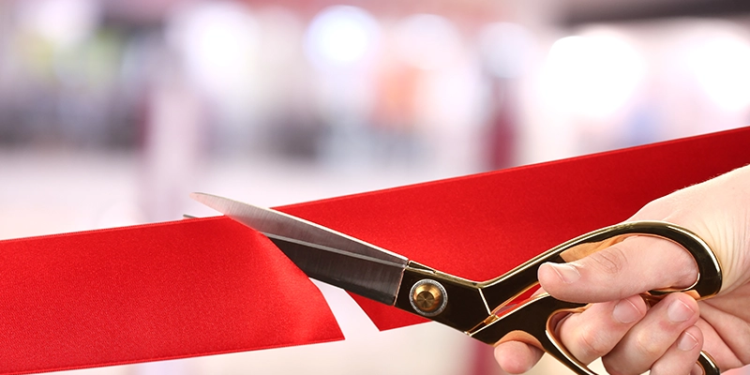Thanks for the replies. Below is original post followed by replies.
For most of my career I have worked in a facility with at least 2 full time
Orthotists. I am now working alone (with 1.5 Technicians), and looking for
your input on how single clinicians schedule their time most efficiently. I
see a wide range of pathologies and patients. On a typical day I will have
2-4 hours set aside for technical time and modifying time (sometimes this
gets filled with a trip to the hospital).the rest of the day I will see
patients, dispense devices, assess, cast, follow up etc., all mixed in
together in one day.
My question is, do you find it more efficient to set aside days solely for
assessments and casting, other days solely for dispensing devices, and other
days for tech/modifying time only?
Just looking for input on what works best for you, and how I might
incorporate this into my practice
Turn you tech into an assistant. C-fab more. Let the assistant do some of
the eval (ROM, MMT, basic initial eval info gathering) and some easier fits,
follow ups. Get dirty less. Have more time to see patients.
Part of time management in O&P is expecting the unexpected. As far as
scheduling patients, lab time, documentation and clinics, all require
adjustment as you go but as a sole practitioner you have the advantage of
locking in time slots. In as much as setting specific times for fabrication,
as a practitioner that’s tuff especially if you are called to a hospital or
rehab frequently. I usually adjust my schedule so that patients appointments
do not overlap and fabrication is usually early in the day or later in the
afternoon. Also many of my doctors are off on Wednesdays so that’s a
fabrication day for me with patients who need more time for either dynamic
alignments of a prosthesis or fitting of complicated devices. Setting whole
days or even half days does not work when you are a sole practitioner
because there is always something getting in the way. It is important to set
office hours and to set time aside for you and your business.
A decade ago, I was in the same situation. Since I had four outreach
clinics, two local rehab hospitals and a full patient load; it was
challenging, to say the least. My solution included long hours and leaving
Wednesdays free of appointments. This allowed me some flexibility in my
schedule to “work in” the really tough cases, paperwork, modifcation, etc.
With the assistance of an awesome technician, we muddled through.
I am happy to report that a decade later, I am still alive, we now have 10
practitioners, and Iall of us work normal hours. My advice is to schedule a
little time for yourself first, the rest will follow. You can’t hep your
clients if you are too exhauseted or dead.
Strategic scheduling is an art that combines fittings, deliveries, new evals
and adjustments over the course of each week so you have consistent cash
flow. I typically schedule new measures in the am, followed by limited
adjustments. After lunch I schedule deliveries and leave time for hospital
calls. There still is not enough time in a day though.
I do tend to block out times otherwise the patients coming in are always
interrupting my flow.
When I was as solo clinician at my practice, which I was for many years,
what I found worked out best was to not modify during the regular work day
at all. My techs would have all my casts filled and stripped at the end of
the day, and I would come in at 7 am and have uninterrupted silence to do my
modifications. Everything would be done and lined up for the techs to do.
The rest of my day would be jam packed with patients with any spare time
open for doing documentation or dealing with unexpected walk ins. Whenever
the volume would get too high that I could not keep up with modification, I
would use central fabrication to load balance. I would not be in the office
past 5:30 on most days, and Fridays always done by 4, and NEVER, EVER worked
on a weekend. I tried to bundle some similar tasks, such as foot orthosis
fittings and castings, but in general with 2 technicians, I would consider
having one be a production tech on most days and the other be the assistant
who deals with adjustments, repairs, strapping, assisting with fittings etc.
I would minimize my time in the fabrication lab, and maximize my time with
patients and try to keep 40 hours open for patient care— I never wanted to
block ‘revenue generating time’ out to do non revenue generating work – such
as modifications– doing mods is a time killer– could be seeing a patient
instead!
My opinion is that a single practitioner practice is successful at running a
single practitioner in the ground. If you are good at what you do, it only
gets worse.
Use a technician as a care extender to set up for casting, remove casts,
clean up etc…anything that does’t require your expertise.
Derek Kozar M.Sc., C.O.(c)
Certified Orthotist
Clinical Orthotic Consultants of Windsor, Inc.
316-3200 Deziel Dr.
Windsor, ON
N8W 5K8
519-944-8340 p
519-944-8360 f
519-982-1747 c
www.cocwindsor.com




